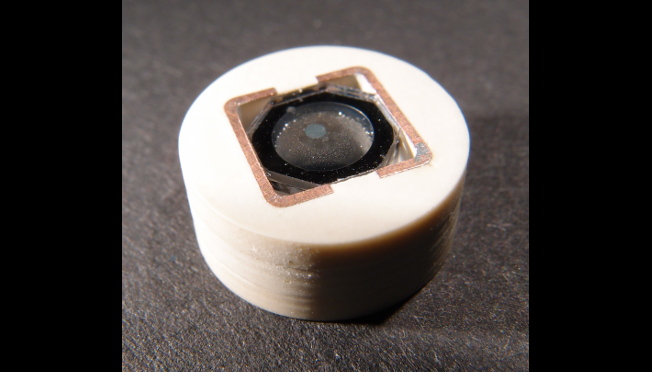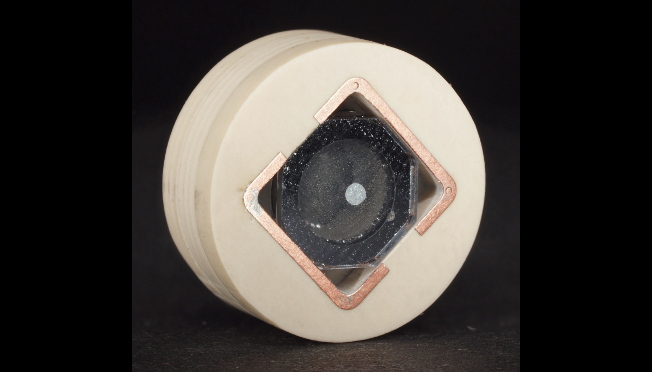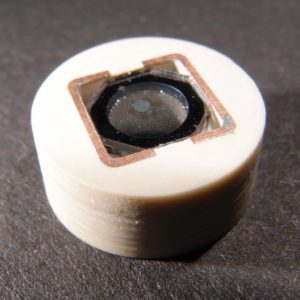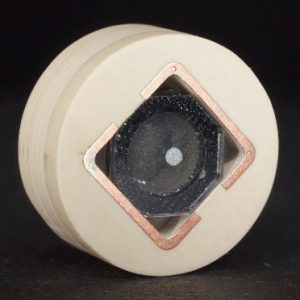

Microwave cavities, or microwave resonators, are used in a variety of applications, including filters, oscillators, frequency meters, and tuned amplifiers. The ever-increasing demand for compact and/or portable telecommunication systems drives the need for further miniaturization of such structures for improved integration. In this thesis, new miniature microwave cavity solutions are proposed, which are useful in different applications. for instance, the new devices are used as microwave front-ends of a short-range radar system for on-line blade tip monitoring in gas turbines (i.e. land-based large-frame turbines, aero-derivatives and aero-engines).
Microwave sensors are advantageous for blade tip sensing: contrary to other existing techniques, they can survive to high temperatures for extended period of operation, unaffected by contaminants, like gases and dirt. Nonetheless, the microwave front-end of such systems is of difficult implementation, due to the strict thermal-mechanical constraints of the specific field of application (i.e. a large temperature change, the presence of vibrations, dirt and combustion by-products) and the tight requirements on the size of candidate probe designs. Antenna-based solutions are currently used as tip monitoring probes, with the disadvantage of being complex structures with radiation characteristics that are not entirely well suited for short range sensing. As a valid alternative, we proposed two cavity-based probe solutions, namely a miniature waveguide resonator probe and a coaxial resonator probe, which represent an elegant compromise between robustness, miniaturization and simplicity of operation.
The second application is microwave resonators for atomic clocks. We optimize either the size of the resonator, in order to allow for miniature clocks, or we use the available space in order to optimize the electromagnetic field distribution in the cavity in order to achieve the best possible clock stability. We propose a new miniature MWR based on a loop-gap resonator structure, also referred to as the μ-LGR. This cavity design meets the desired field configuration for the atomic clock operation and achieves an interesting size-reduction. A laboratory experiment of an atomic clock integrating the μ-LGR achieved unmatched results of stability compared to other microcell clocks. We also study optimized larger cavities for high stability clocks.

